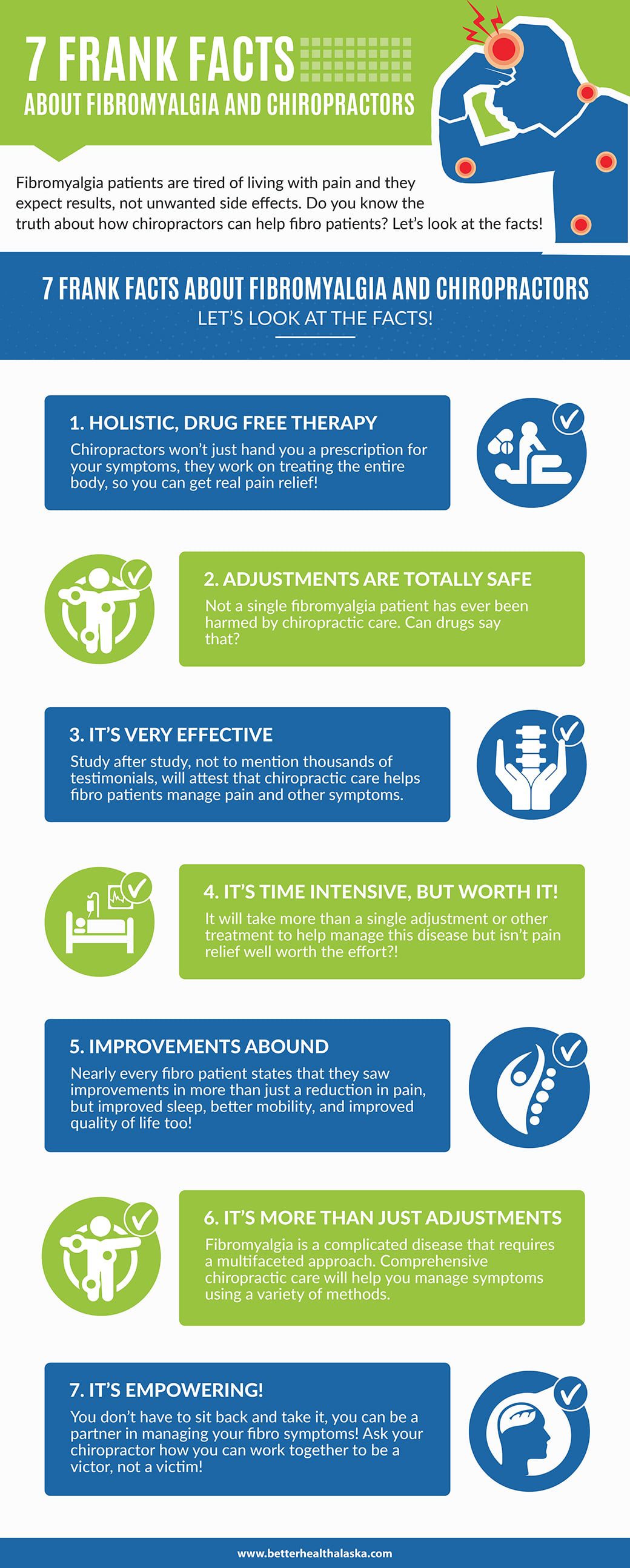What Mechanisms Enable Cold Laser Treatment To Use Light For Advanced Recovery, And What Future Advancements Can We Anticipate Hurting Monitoring?
What Mechanisms Enable Cold Laser Treatment To Use Light For Advanced Recovery, And What Future Advancements Can We Anticipate Hurting Monitoring?
Blog Article
Post By-Strickland Albrektsen
When thinking about alternative therapies, cold laser therapy stands apart because of its one-of-a-kind strategy to recovery. By making use of details wavelengths of light, it targets mobile functions and promotes recuperation in a non-invasive manner. Recommended Looking at but likewise aids in decreasing inflammation and pain. As study continues to unravel, the effects for recovery and pain management could be significant. What does this mean for future treatment alternatives?
The Systems of Cold Laser Treatment
Cold laser treatment, additionally referred to as low-level laser treatment (LLLT), works by stimulating mobile function through the application of particular wavelengths of light.
When the laser light penetrates your skin, it engages with the mitochondria in your cells, enhancing ATP production. This boost in ATP invigorates your cells, advertising healing and regrowth.
The light likewise influences cell membrane layers, boosting their permeability and facilitating nutrient absorption while expelling toxic substances. Furthermore, cold laser therapy sets off the release of endorphins and minimizes swelling, helping your body react more effectively to injury.
You'll experience enhanced blood flow as the therapy stimulates capillary development, guaranteeing that oxygen and nutrients reach damaged tissues a lot more efficiently.
Understanding these systems can aid you value its potential in promoting recuperation.
Prospective Benefits of Cold Laser Treatment
When taking into consideration choices for pain alleviation and recovery, you may find cold laser therapy to be an appealing alternative. quit by laser -invasive method can help in reducing swelling, reduce pain, and advertise tissue repair work.
Many people report quicker recuperation times from injuries and surgical procedures after undergoing cold laser therapy. It's particularly helpful for problems like arthritis, tendonitis, and muscular tissue pressures.
You might additionally appreciate that it has very little side effects compared to pharmaceuticals. In addition, cold laser therapy can boost circulation, which assists in delivering nutrients and oxygen to damaged areas.
Current Research Study and Scientific Applications
As interest in cold laser therapy expands, researchers are exploring its various applications and performance in medical setups. You'll discover studies exploring its duty hurting monitoring, injury healing, and reducing swelling.
In physical treatment, specialists make use of cold laser treatment to enhance recovery in sports injuries, while dental professionals are locating it advantageous for treating dental discomfort and periodontal problems. Ongoing tests are analyzing its potential in treating problems like joint inflammation and neuropathy.
These research studies intend to develop standard procedures and does, making certain security and efficiency. As even more evidence arises, you may see cold laser treatment ending up being a staple in both rehabilitation and discomfort administration, offering clients a non-invasive choice that complements traditional treatments.
Conclusion
To conclude, cold laser treatment offers a promising approach to recovery by harnessing particular wavelengths of light to enhance cellular features and promote recuperation. With benefits like enhanced blood circulation, minimized swelling, and discomfort alleviation, it's ending up being a beneficial option for various conditions. As research study remains to develop standardized methods, you can expect better acceptance of this non-invasive therapy in recovery practices and pain management methods, making it a potential game-changer for several clients.
